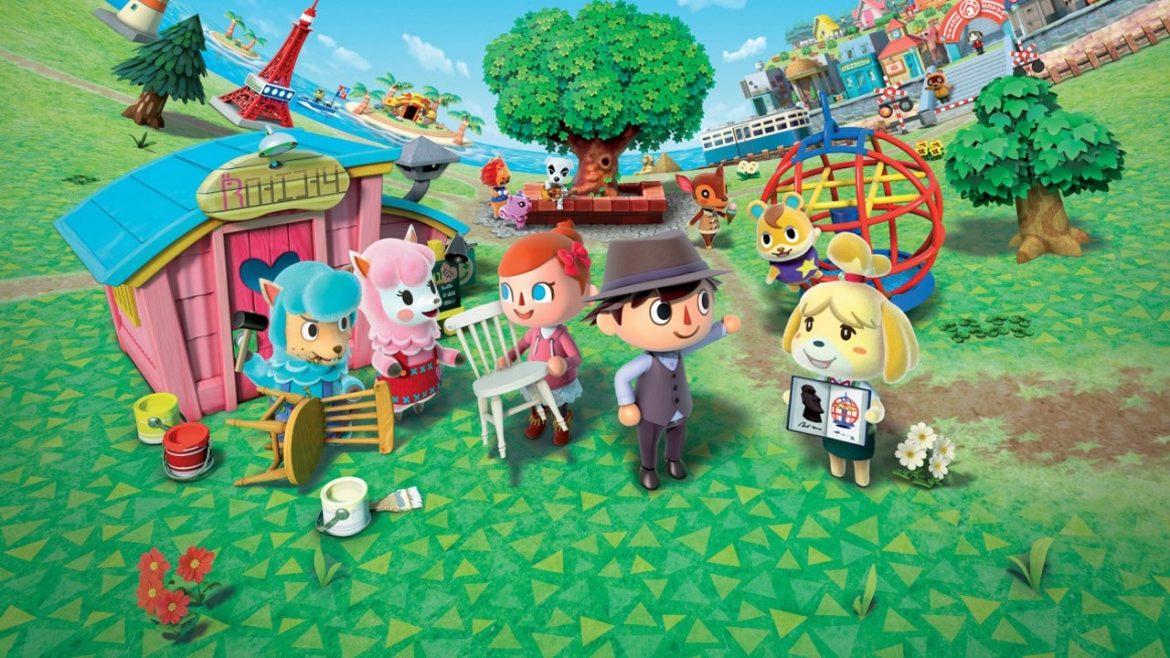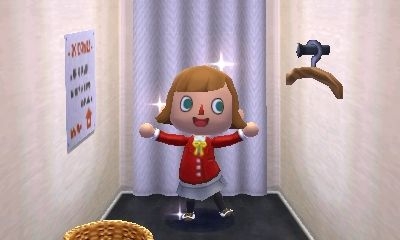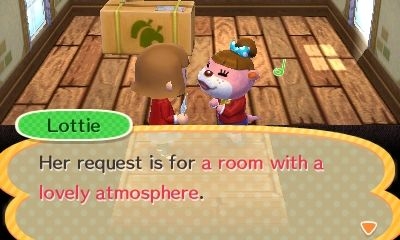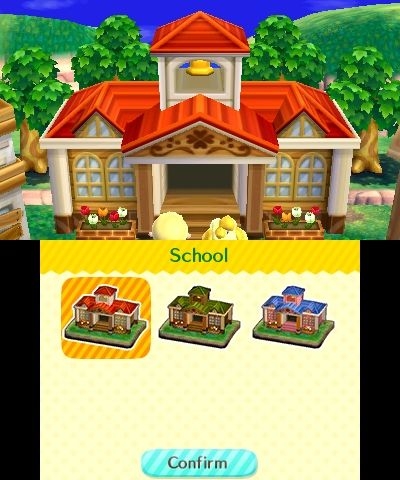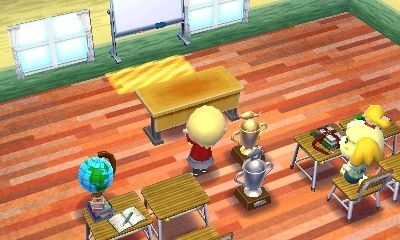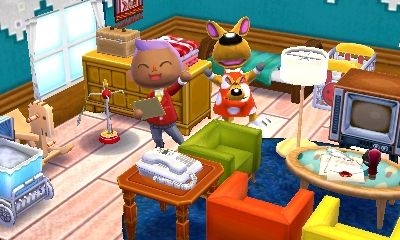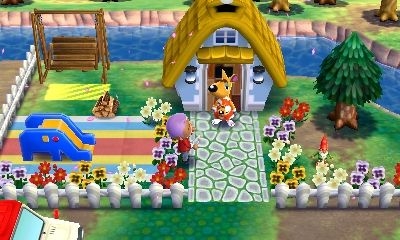TL;DR
Step into the charming world of Animal Crossing: Happy Home Designer as a new interior decorator! While the game offers a relaxing and engaging loop of customizing homes for adorable animal clients, even unlocking new design tools and expanding your career, the experience isn't without its flaws. Expect somewhat basic and repetitive gameplay, surprisingly dated graphics that haven't evolved much from older console generations, and a core concept that might not resonate with everyone long-term. Despite these drawbacks, the game excels at its niche, providing a solid and enjoyable experience for fans of the Animal Crossing series or anyone who loves interior design. Intrigued by the prospect of designing dream homes? Dive into the full review to see if it's the perfect fit for you!
The first day at a new job can be a source of anxiety for many, but in Animal Crossing: Happy Home Designer, the experience is quite welcoming. This is partly due to the fact that it’s a charming and lighthearted game from Nintendo, suggesting a well-structured introduction and balanced learning curve, an assumption that proves accurate. Furthermore, the animal colleagues in the quaint animal village are exceptionally welcoming. While Tom Nook might be intimidating to some, Lottie provides helpful guidance. When asked about starting the new job, I express my uncertainty, but Lottie offers reassuring words of support. Thus begins a career as an interior designer, an unexpected profession to explore within a video game.
The gameplay loop quickly becomes apparent. However, the initial impression is somewhat uneven. The game begins with character customization, which is followed by the first assignment at Nook’s Homes: decorating a home for a young resident. This initial task feels stereotypical, requiring the selection of predominantly pink furniture. While the client is satisfied with the outcome, the introduction leaves something to be desired.
As the game progresses, it becomes clear that most clients desire homes decorated according to specific styles. Assignments are often quite focused. When decorating the home of a robot character, an attempt to soften the angular robotic aesthetic with flowers and toasters feels appropriate. However, the game’s assessment system appears to prioritize adherence to the core theme, rather than subtle details like the precise placement of furniture or decorative items such as posters or wall clocks. As long as the main theme is maintained and mandatory furniture is included, the client is generally satisfied.
Interestingly, the more I played, the more invested I became in crafting thoughtful design solutions. The game effectively taps into an unexpected interest in interior design.
Over time, responsibilities expand as career progression at Nook’s Homes increases. Larger projects, beyond small apartments, become available, requiring the nurturing of client relationships and the establishment of new contacts. Similar to previous Animal Crossing titles, relationships and social interaction are important, although the primary focus here is interior design rather than village life. Unlike the real-time progression of a typical Animal Crossing game, time progresses only after completing an assignment and filing a report (saving the game). New clients and furniture await each day. The selection of styles for furniture, wallpaper, carpets, plants, and decorative items is extensive, with additional content unlockable via amiibo cards. However, the base game offers ample content.
Animal Crossing is a charming game, featuring cozy music and saccharine-sweet graphics with vibrant colors and endearing animal characters. Happy Home Designer initially earns points for its charm, but its sweetness can become somewhat overwhelming. A bit of contrast would be beneficial. However, the game’s design remains strong.
Technically, the game’s graphics are underwhelming. The angular polygon models, poor textures, and lack of anti-aliasing give Animal Crossing a dated appearance. Considering the capabilities of the Nintendo 3DS in 2015, more could have been achieved. Graphically, the series has seen minimal advancement since its predecessors on the Wii, Gamecube, and DS. While the colorful environments and adorable characters are aesthetically pleasing, the style has remained largely unchanged for nearly 15 years, since the original Japanese Nintendo 64 release, Animal Forest.
From a technical standpoint, the graphics detract from the overall visual experience. Nintendo is capable of producing better visuals on the 3DS. While it’s unrealistic to expect graphics comparable to the Playstation Vita, PS3, or Xbox 360, a noticeable improvement over Nintendo 64 or early Playstation 2 games should be possible, especially in a game with relatively small environments and limited graphical effects like Animal Crossing. This issue extends beyond the Animal Crossing series to other Nintendo titles. Games like Bravely Default, Castlevania: Lord of Shadows – Mirror of Fate, Resident Evil: Revelations, Monster Hunter 4: Ultimate and Nintendo’s own Mario Kart 7, The Legend of Zelda: Majora´s Mask, New Super Mario Bros 2 and upcoming Hyrule Warriors Legends demonstrate the format’s potential. Although anti-aliasing remains a challenge on the 3DS, these games showcase that visually appealing graphics are achievable despite the format’s limitations.
Graphics are not the sole determinant of a game’s quality, and simple graphics can be stylish. Retro graphics with stylized pixels possess a certain charm. However, the angular polygons and texture issues in Animal Crossing lack that appeal. At least for me.
Happy Home Designer extends beyond its graphical presentation. Given the game’s focus on home decoration, the dated graphics detract from the overall impression. More detailed and visually appealing objects would enhance the experience.
Ultimately, the game’s repetitive gameplay, tiresome audiovisual presentation, and technical shortcomings are not the primary issues. The problem lies with my personal engagement with the game’s core concept. As I mentioned to Lottie on my first day, this job might not be the best fit for me. While Animal Crossing: Happy Home Designer provided more enjoyment than anticipated, it’s simply not my preferred style of game. The game’s execution is competent, but I struggle to maintain long-term engagement with the assignments, despite positive feedback from satisfied clients. A game centered around home decoration lacks significant impact on my daily life, both virtual and real. Other activities capture my attention more effectively, both within and outside the realm of gaming.
Animal Crossing: Happy Home Designer is a solid title, potentially the best in its niche. Players who have enjoyed the series or similar games, or those who find home decoration intrinsically appealing, should consider giving Happy Home Designer a try. Don’t let my preferences dissuade you. However, I must return to a more pressing engagement: an intense ice hockey match in NHL…
